|
The Art of Shuochang Survey: Yu-Tsai Class
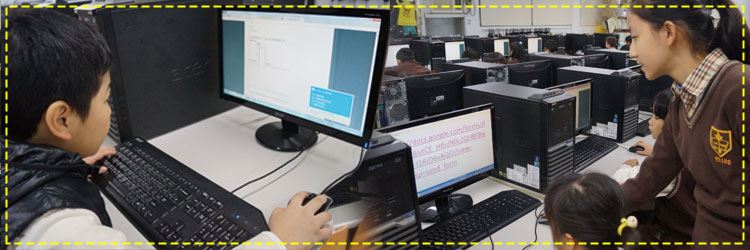
Students in third and fourth grades Yu-Tsai classes have learned the art of shuochang for quite some time. Some have learned shuochang for about a semester, and some have learned shuochang for over a year. Did learning shuochang bring them any help in their learning? Have their perceptions on shuochang changed along the way? What’s their favorite form of shuochang? Let’s find out more about these student shuochang expert teachers through our surveys!
Focus of survey

Steps to conduct the survey

Findings
Research subject: students in third and fourth grades Yu-Tsai shuochang class (third grade – 67; fourth grade – 62) │ Number of surveys: 129
Q: How much do you like attending shuochang classes?
A: Most students like shuochang classes! | 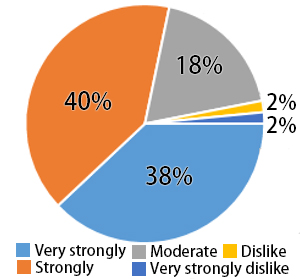 |
Q: Before attending the shuochang class, have you seen or heard any form of shuochang performances?
A: Among 129 students, 94 of them have seen some types of shuochang performances before, whereas the other 35 have not. |  |
Q: Before attending the shuochang class, did you know about shuochang?
A: Most students have had some understanding about shuochang before attending the class. However, 27% of them have no idea what shuochang is before attending the class. |  |
Q: After the class, what kinds of shuochang do you know of?
A: Pretty much everyone has learned more about shuochang after attending the class. Lots of students know about tongue twisters and fast clapper talks. |  |
Q: What’s your favorite form of shuochang?
A: Cross talks is preferred by most students. Since fewer people know about jing yun da gu and storytelling, so not many students picked them. | 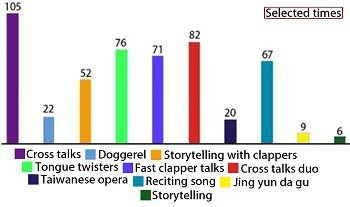 |
Q: What type of shuochang have you learned before?
A: Pretty much everyone has learned cross talks before, and over half of them have learned fast clapper talks and tongue twisters. |  |
Q: After learning shuochang, do you find it easy to learn?
A: Most students think shuochang is easy. However, there are 20 students who believe shuochang is difficult. |  |
Q: What difficulties have you encountered while learning shuochang?
A: Shyness appears to be the prime difficulty for them, followed by articulation! | 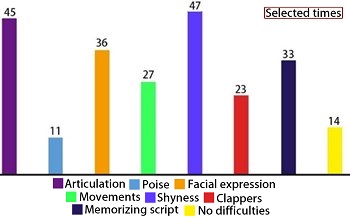 |
Q: On average, how many hours do you spend at home practicing after each class?
A: Close to half of the students practice for an hour each week. However, there are 41 students who do not practice at all! | 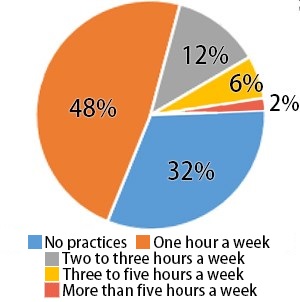 |
Q: What do you think is the benefit that learning shuochang has brought in your learning or everyday life?
A: Most students believe learning shuochang can improve their articulation and facial expression. | 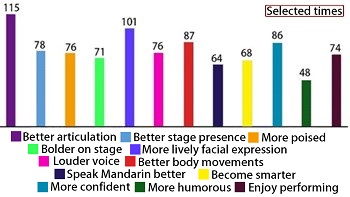 |
Q: Will you want to keep on learning shuochang in the future?
A: 60% of the students will want to continue learning shuochang, whereas only 8% of the students do not wish you learn shuochang in the future. | 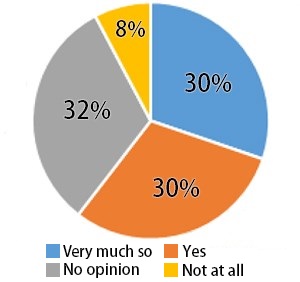 |
Findings
From the survey, we found that most students like shuochang, and over half of them will practice shuochang at home. Learning shuochang is a great way to improve students’ articulation and facial expression. As a result, 60% of the students wish to continue learning shuochang and 80% of the students like cross talks because it makes people laugh.
Surveying Highlights
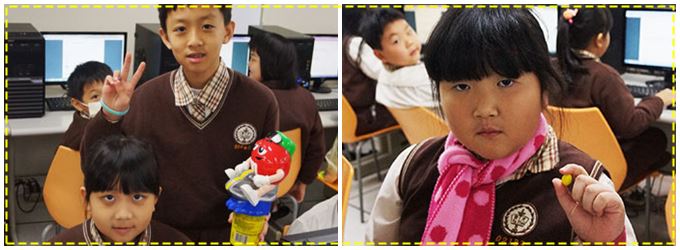
│ We will give the chocolate as a reward when the student finish the survey. │

Survey analysis: Nicole, the Original Artsy Shuochang Posse / Pictures: the Original Artsy Shuochang Posse
|

















